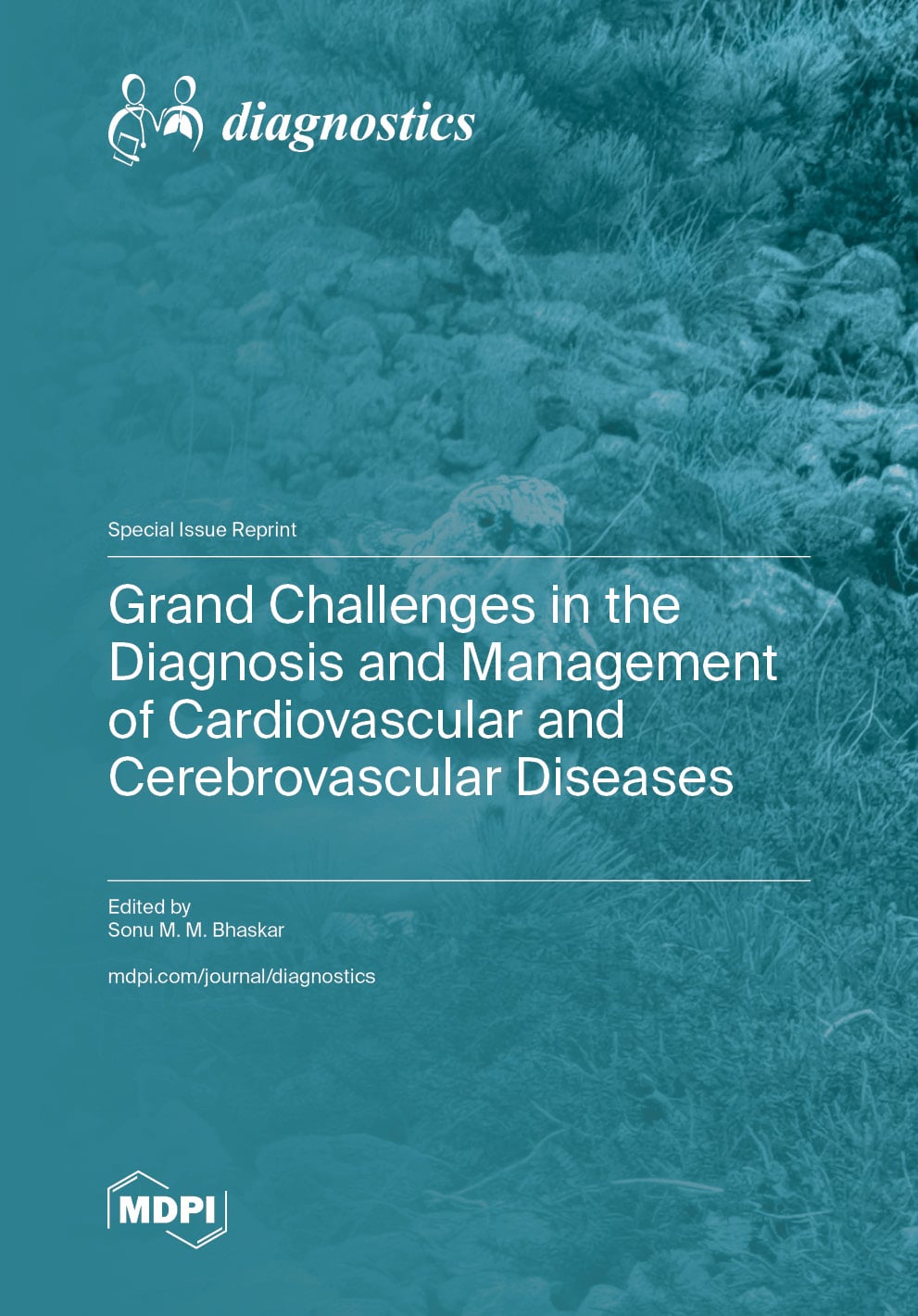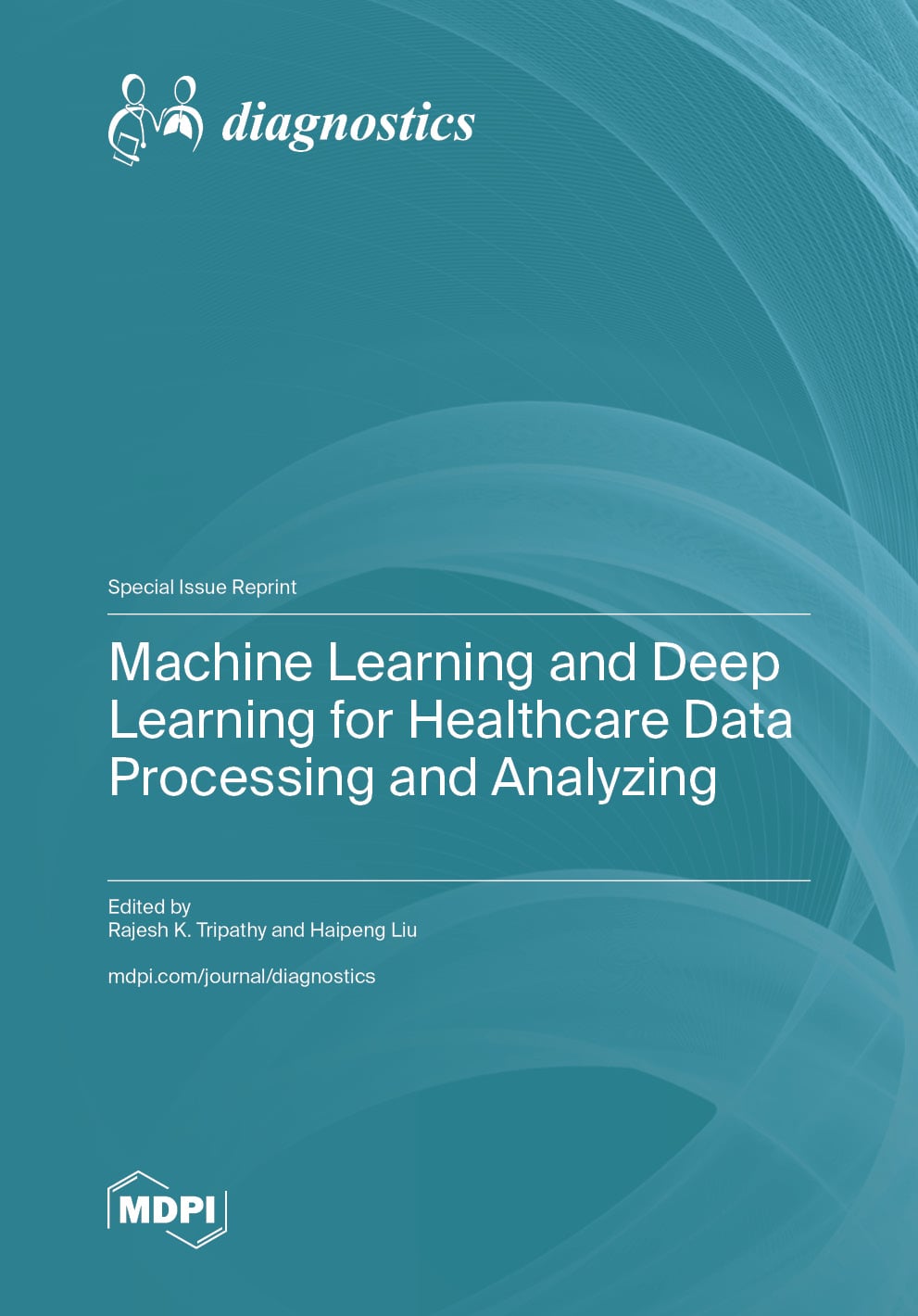- 3.3Impact Factor
- 5.9CiteScore
- 22 daysTime to First Decision
Diagnostics
Diagnostics is an international, peer-reviewed, open access journal on medical diagnosis published semimonthly online by MDPI.
The British Neuro-Oncology Society (BNOS), the International Society for Infectious Diseases in Obstetrics and Gynaecology (ISIDOG) and the Swiss Union of Laboratory Medicine (SULM) are affiliated with Diagnostics and their members receive a discount on the article processing charges.
Indexed in PubMed | Quartile Ranking JCR - Q1 (Medicine, General and Internal)
All Articles
News & Conferences
Issues
Open for Submission
Editor's Choice
Reprints of Collections

Reprint
Grand Challenges in the Diagnosis and Management of Cardiovascular and Cerebrovascular Diseases
Editors: Sonu M. M. Bhaskar

Reprint
Machine Learning and Deep Learning for Healthcare Data Processing and Analyzing
Editors: Rajesh K. Tripathy, Haipeng Liu




